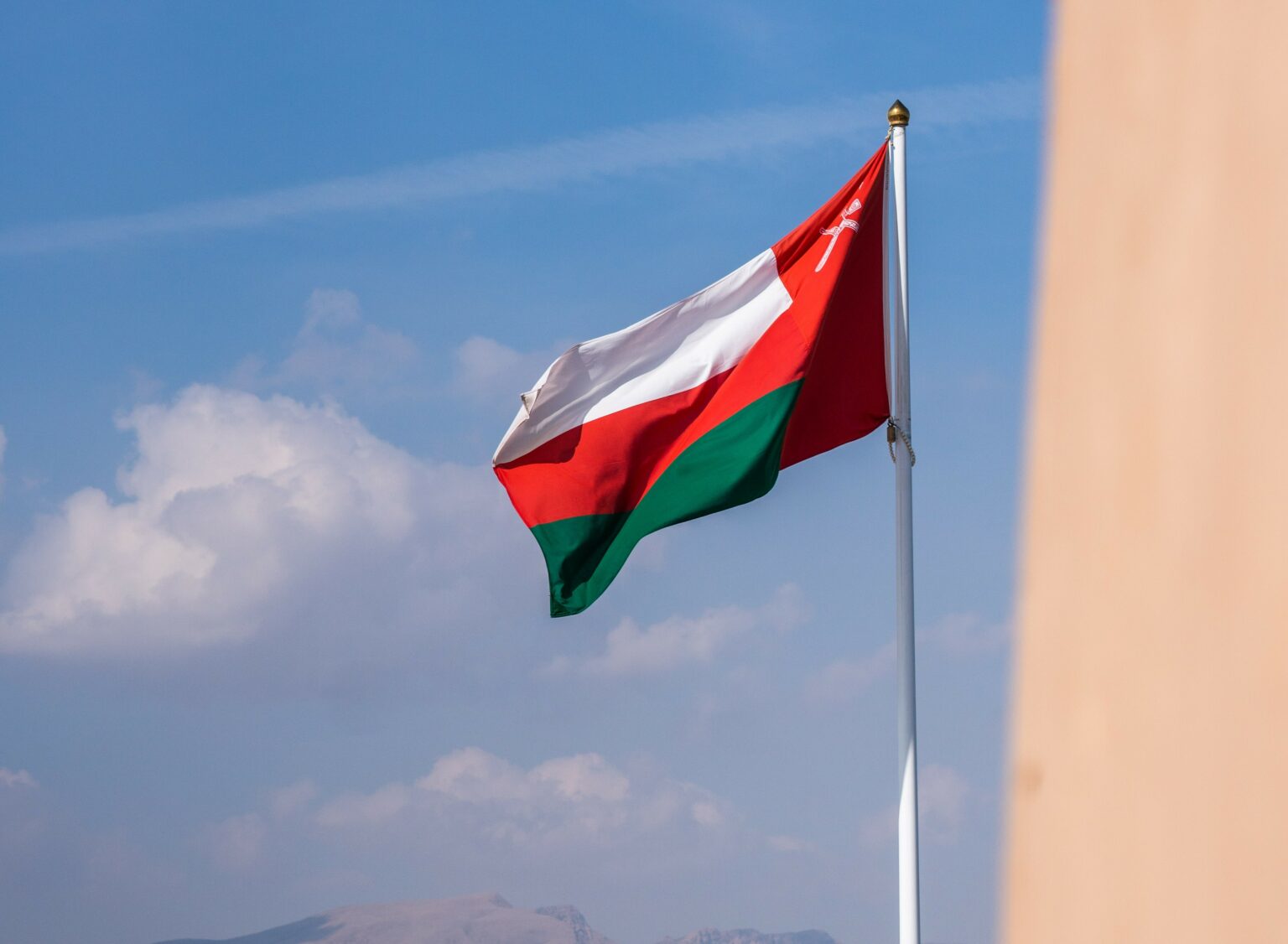Municipal solid waste is emerging as an unexpected yet strategic feedstock in Oman’s push to scale hydrogen production.
With annual waste generation ranging between 1.9 and 2.6 million tones, and per capita daily output surpassing 1.2 kilograms, landfill dependency poses both environmental and economic challenges. Under Vision 2040, Oman aims to reduce this figure to under 1 kilogram per person and divert 60% of waste from landfills by 2030 — targets that align directly with new investments in waste-to-hydrogen pathways.
Thermochemical and biochemical conversion methods are advancing rapidly as nations look for alternatives to fossil-based hydrogen. Gasification, pyrolysis, and supercritical water gasification allow unsorted waste to be converted into hydrogen-rich syngas, later upgraded through water-gas shift and purification. Biochemical approaches such as dark fermentation, photo-fermentation, and microbial electrolysis cells, often combined in hybrid schemes, are improving efficiency rates. While the scientific promise is clear, the economic case hinges on scaling outputs and integrating captured carbon into value chains.
Oman has begun testing these approaches through local initiatives. Manah Hydrogen, a Muscat-based startup supported by the national waste management company Be’ah, is piloting two containerized plants capable of processing one tone of mixed municipal solid waste daily. Each unit yields 110–140 kilograms of hydrogen per day, a figure that underscores both potential and limits: promising for localized decarbonization, but modest in the context of Oman’s national hydrogen target of 1 million tones annually by 2030.
The larger bet lies in industrial-scale projects. German firm H2 Industries has signed a $1.4 billion agreement with Madayn to construct Oman’s first waste-to-hydrogen facility on a 200,000-square-meter coastal site. Designed to process up to 4 million tones of waste annually, the plant is projected to produce 67,000 tones of hydrogen while capturing up to 1 million tones of CO₂, with an export value estimated at $268 million. Thermochemical conversion technology, which avoids the need for extensive recycling infrastructure, positions the facility as both a waste management and energy asset.
These developments are not occurring in isolation. The International Energy Agency has identified Oman as a future hydrogen exporter, with targets of 3.7 million tones per year by 2040 and 8.5 million tones by 2050 — volumes that could outpace Europe’s current hydrogen demand. Integrating waste-based hydrogen alongside solar- and wind-powered megaprojects such as HyPort Duqm offers diversification and flexibility, particularly for urban and coastal industrial hubs.
Stay updated on the latest in energy! Follow us on LinkedIn, Facebook, and X for real-time news and insights. Don’t miss out on exclusive interviews and webinars—subscribe to our YouTube channel today! Join our community and be part of the conversation shaping the future of energy.
